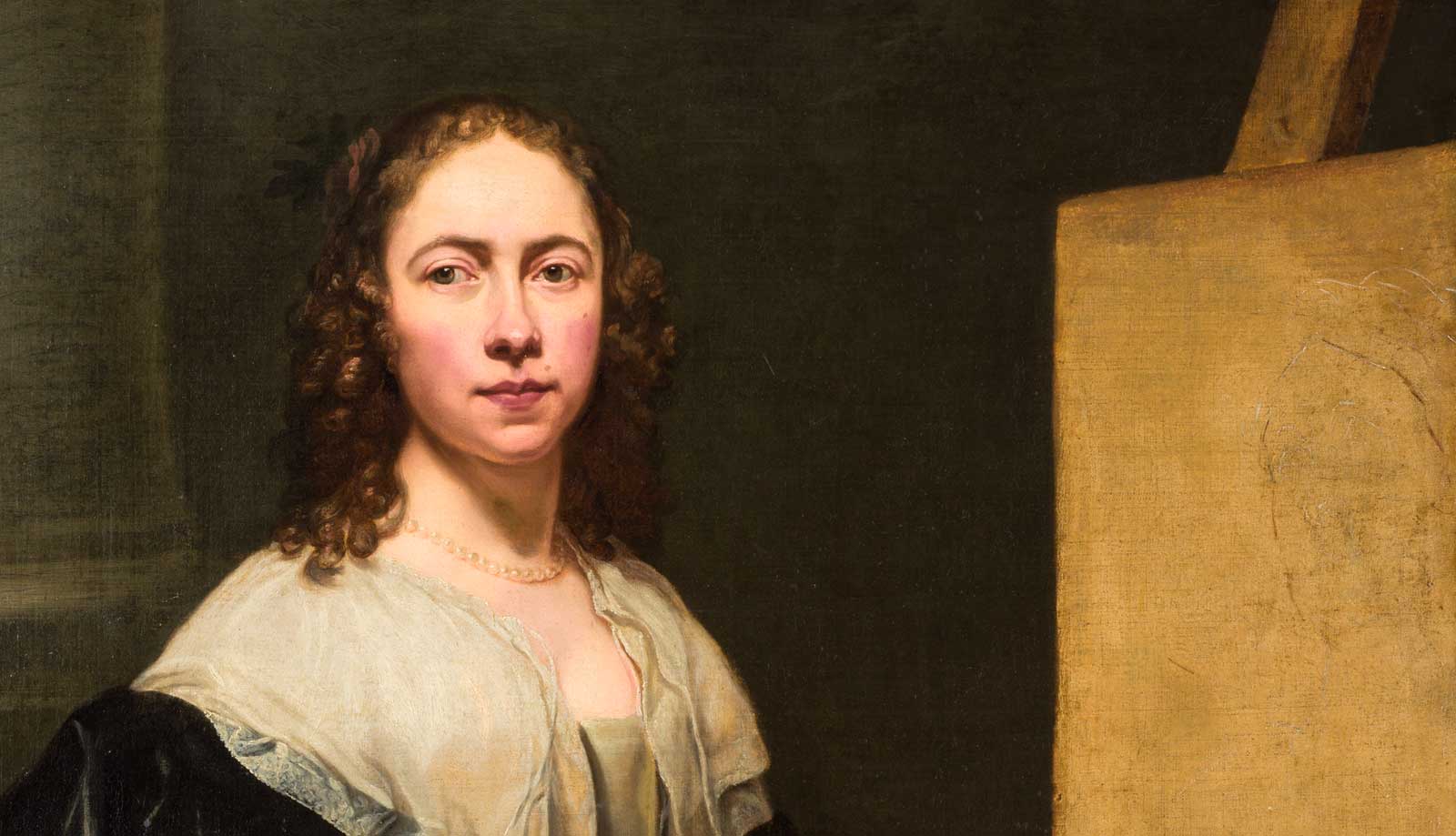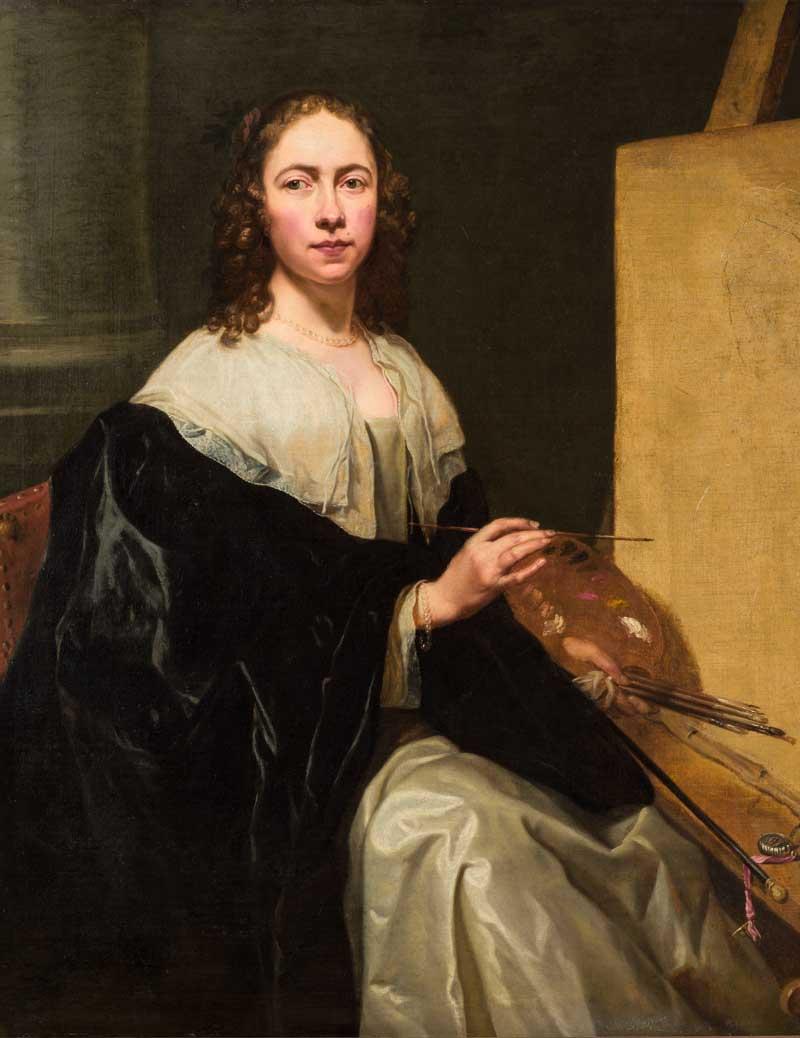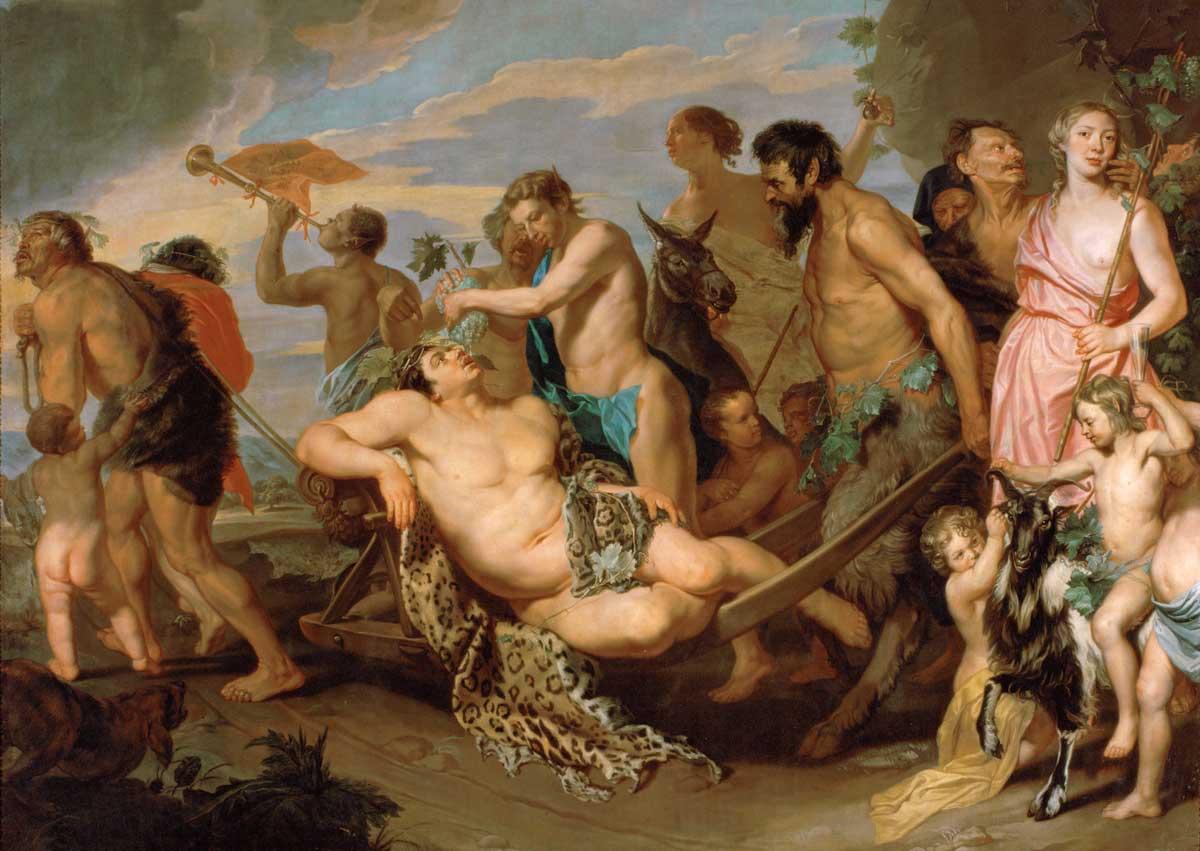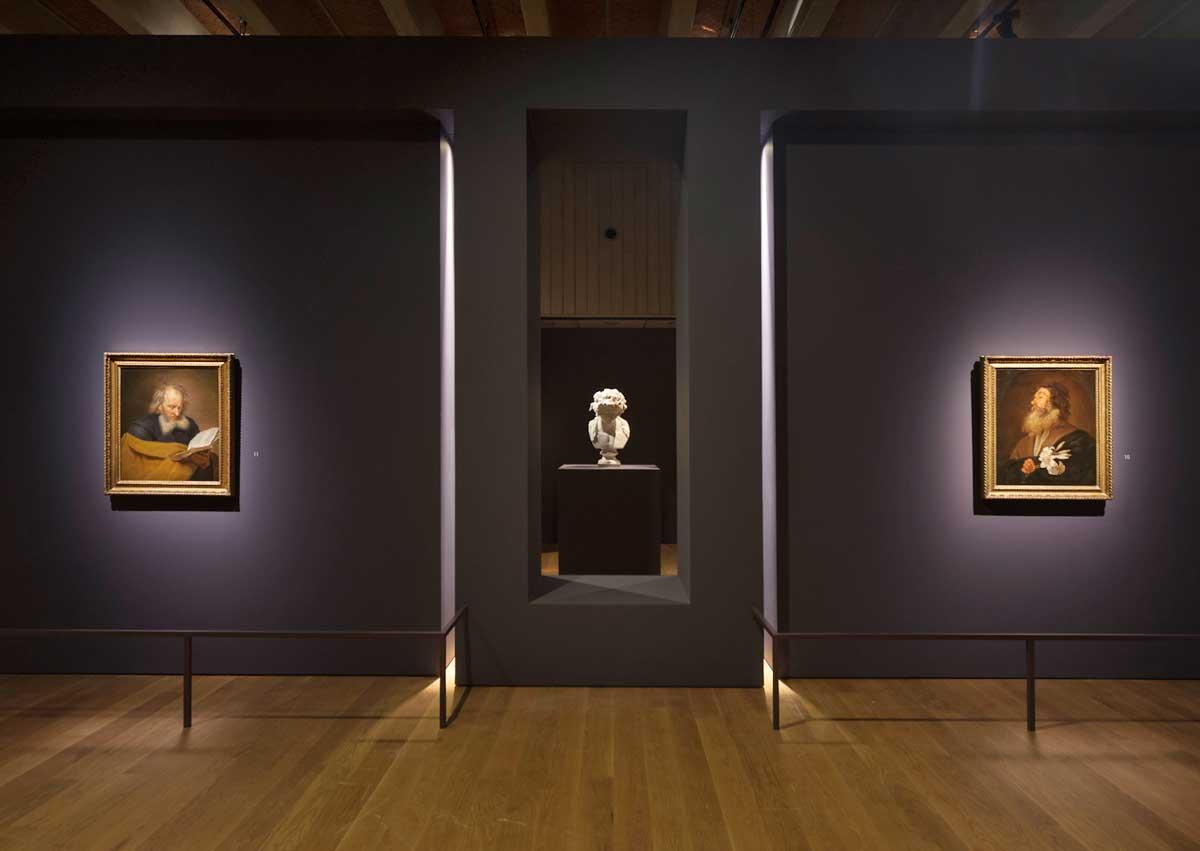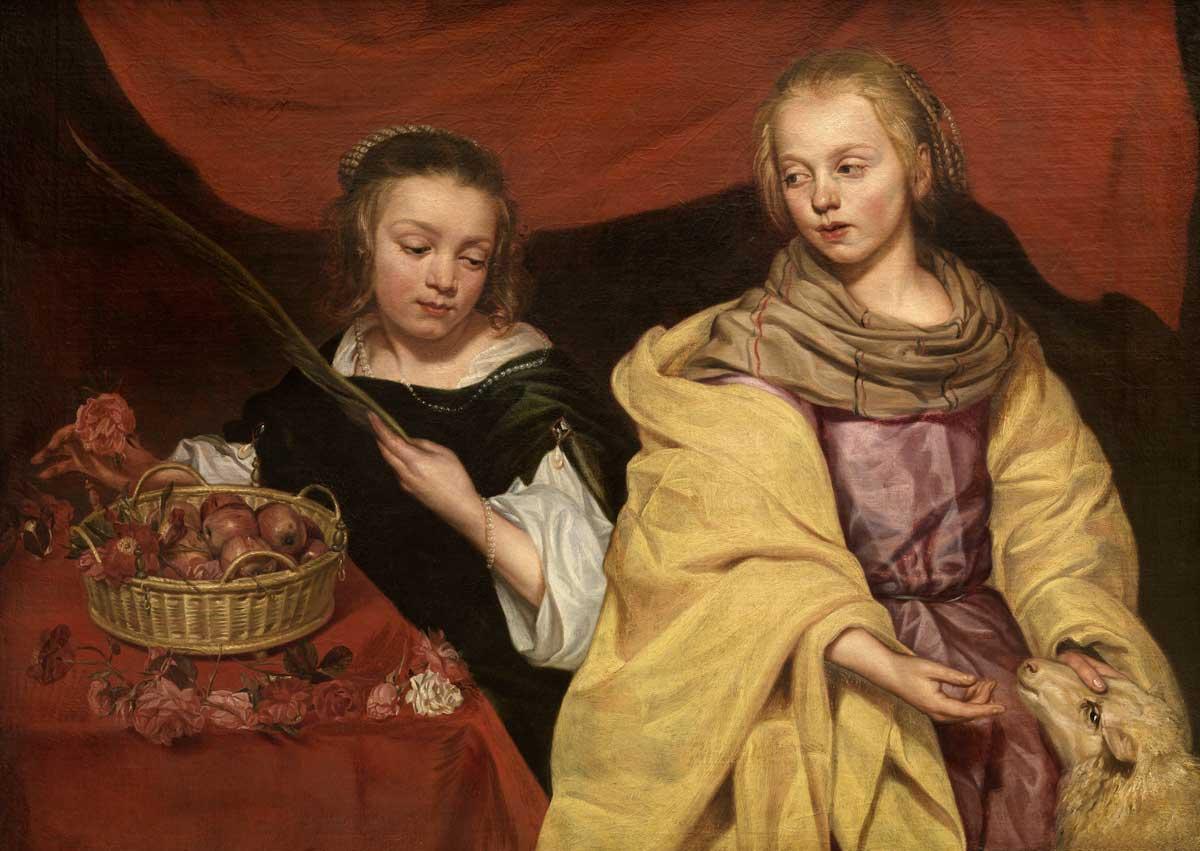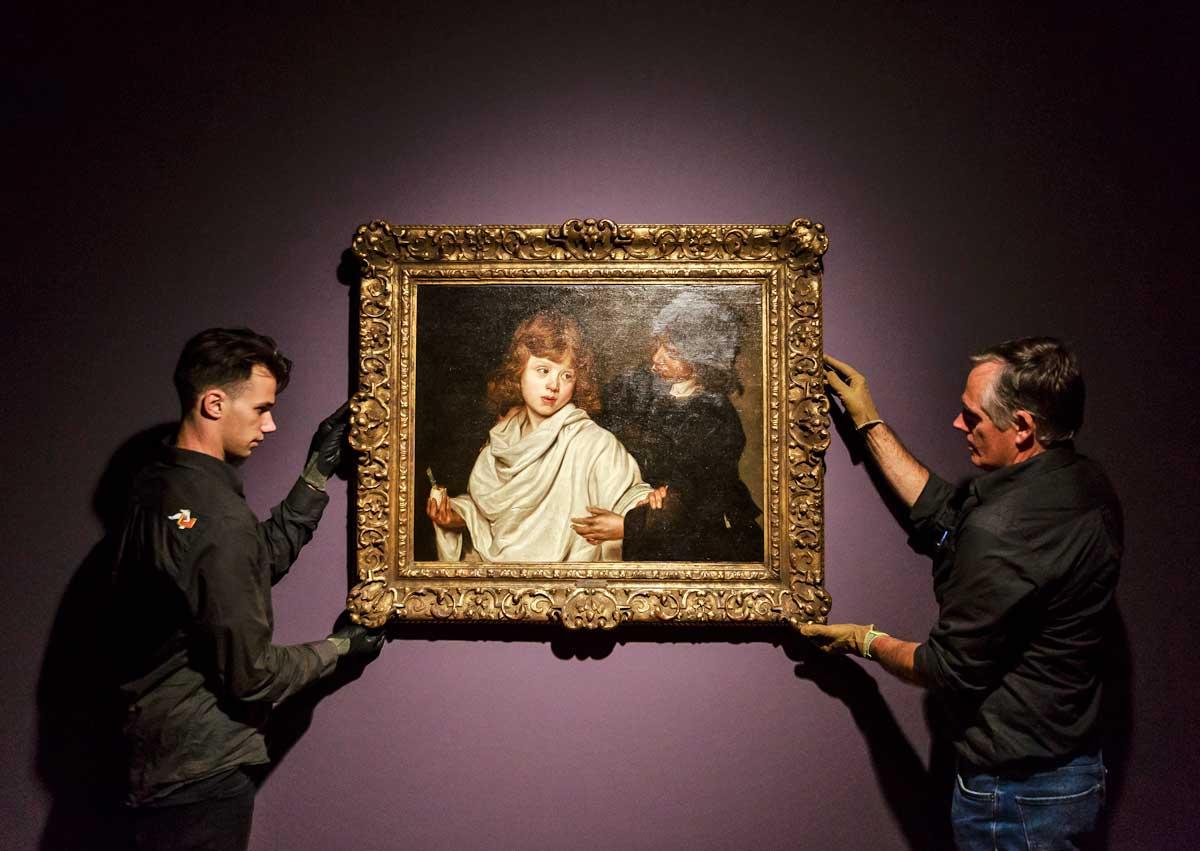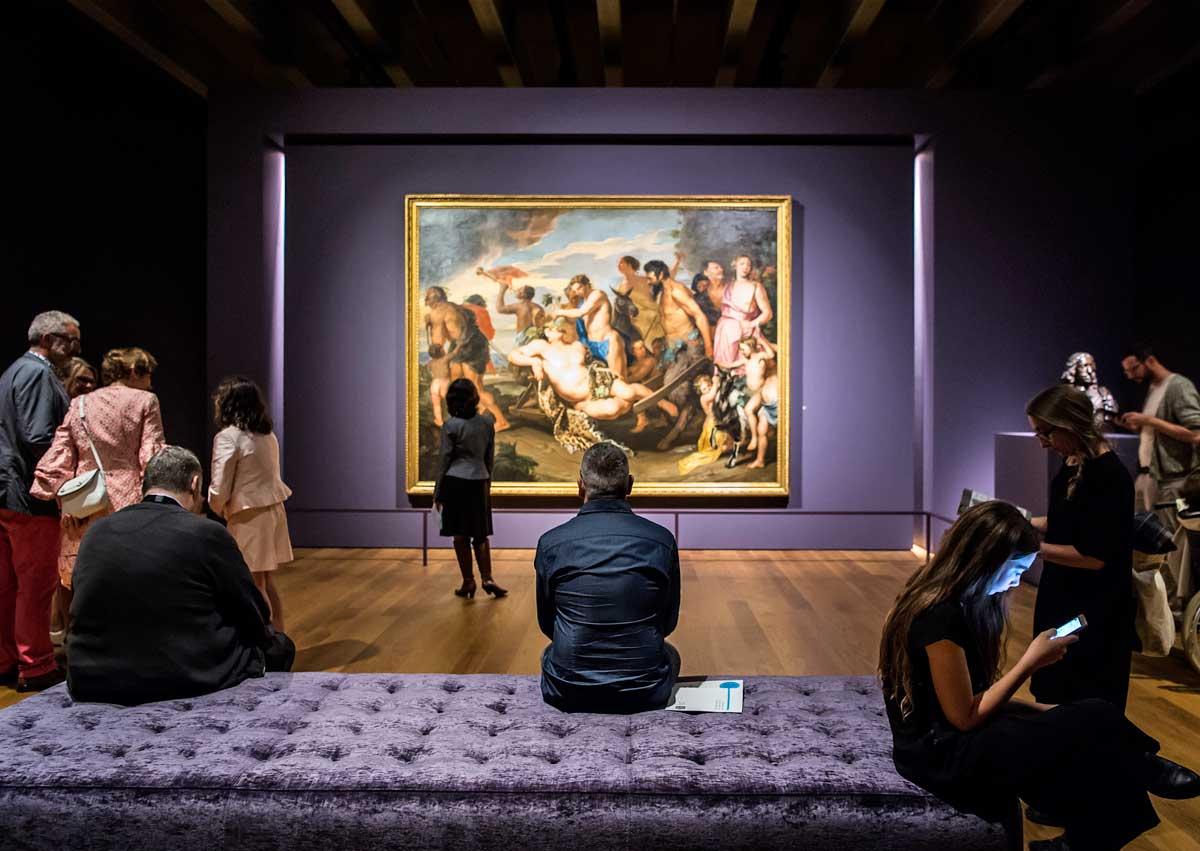Katlijne Van der Stighelen was looking for a portrait by Baroque Flemish artist Anthony Van Dyck, not a nine-by-eleven-foot mythological painting by a forgotten seventeenth century woman artist. During the Belgian art history professor’s visit to the storeroom of the Kunsthistorisches Museum in Vienna twenty-five years ago, a curator was leading her to the unexhibited Van Dyck when they passed a monumental work by another artist’s hand. Bacchanal (c. 1656) was instantly eye-catching, and Van der Stighelen found it odd that a work of such masterful skill should languish in absolute obscurity.
“It was completely by accident that I came across the painting by Michaelina,” Van der Stighelen told Art & Object. This image depicting a procession to Bacchus, the god of wine, stuck with her as did the mysterious identity of its author. The curator mentioned in passing that the painting was by Michaelina Wautier, a largely unknown Baroque artist active in Brussels.
Though her curiosity was piqued, Van der Stighelen told herself to postpone researching this painter as a post-retirement project. It would surely be a wild goose chase turning up few identifiable works or biographical source materials, she thought. But the Bacchanal beckoned her; in her mind it yearned to emerge from storage and onto a (sizable) gallery wall.




